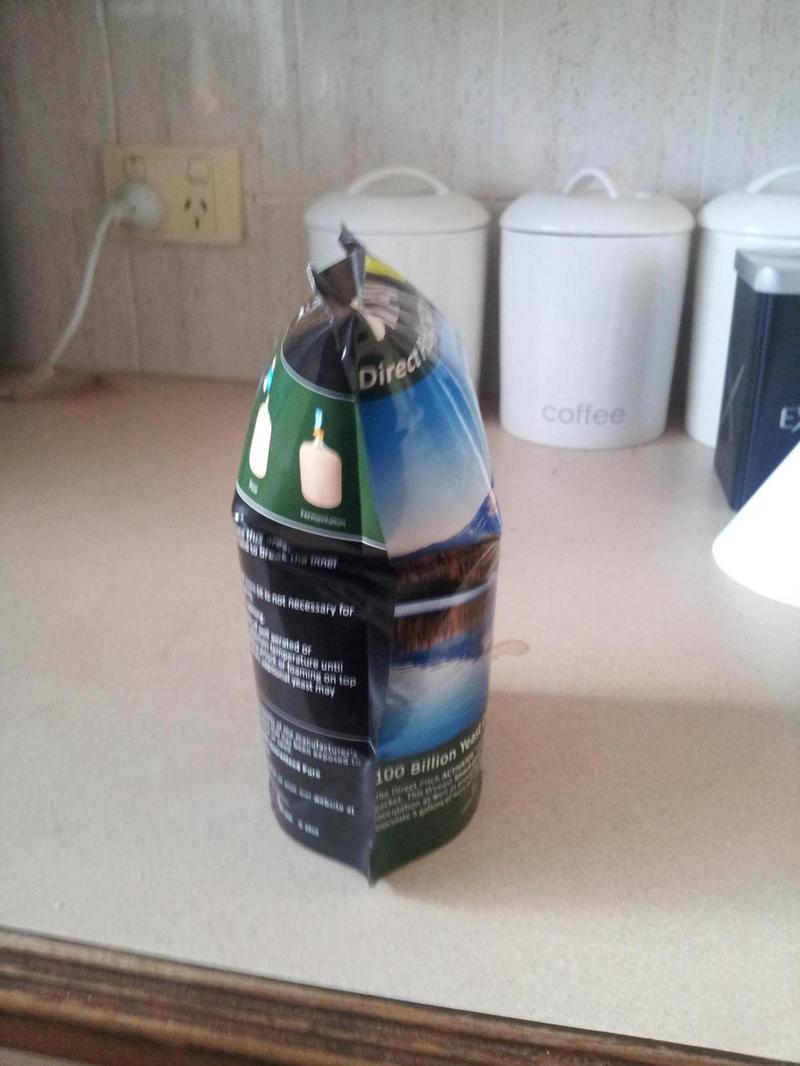I'm sort of with Back Yard Brewer in that I think it's a bit ambitious to try to pitch at well specified rates without a lab. But if you can estimate a ballpark figure for dell density then I guess that's better than not trying to control the pitching rate at all.
<rant>
On a separte note, the constantly regurgitated 0.75 million cells / mL / P is simply an average-ish figure for ales. Some styles or yeast strains give the best results with a lower pitching rate than that, and some are better with a higher pitching rate. So just because you pitch more or less than 0.75 M / mL / P doesn't necessarily mean you're under or over pitching.
After a bit of research I've found sources from the brewing science community and commercial brewers stating pitching rates ranging from 0.375 - 1.75 M / mL / P (this range includes ales and lagers). Let's look at a couple of extreme examples. If an appropriate pitching rate for a given style is ~0.375 M / mL / P and you pitch the homebrewer's mantra, are you over pitching? What about if the appropriate rate is ~1 M / mL / P and you pitch the homebrewer's mantra? In both cases you're close enough that the beer will almost certainly turn out fine. This is because there's no hard boundaries for pitching rates. It's a bit like the pH and temp ranges that enzymes work at, there may be an optimal set of conditions but in the end the useful range is pretty large. It's actually pretty hard to under or over pitch on a homebrew scale.
Now, I can't remember the exact range of pitching rates I found for Bavarian weissbier, but I think the values quoted were generally lower than 0.75 M / mL / P. If you pitch a smack pack that has low viability directly into 23 L of 1.050 wort, you're probably getting close dropping out of the optimal range. But as many, many people will articulate through anecdotes, the beer will probably still turn out fine.
People seem to use the terms "underpitching" and "low pitching rate" interchangeably (and likewise for over pitching) when they are not synonymous! For a beer to be under or over pitched it would have to exhibit resulting flaws. Just because you ended up with more or less banana than you wanted doesn't make it under or over pitched. The beer probably still fits the guidelines as they too are somewhat broad.
</rant>







